Feeling tired all the time? Your body might be calling out for magnesium, the quiet mineral hero that keeps your energy stable, your muscles calm, and your mind clear. Instead of reaching for another supplement bottle, you can boost your magnesium naturally with the vibrant power of vegetables that do more than fill your plate—they fuel your life. From leafy greens to hearty roots, these vegetables bring a wave of essential nutrients while helping you tackle your day with more energy. Ready to feel better, naturally? Here are 12 vegetables that can help you thrive.
1. Spinach
Cooked spinach stands as a magnesium champion, delivering an impressive 157 mg per cup – that’s 37% of what your body needs daily! This dark leafy green doesn’t stop there.
Beyond magnesium, spinach packs iron that helps oxygen reach your cells and antioxidants that fight harmful free radicals. Adding spinach to smoothies, omelets, or pasta dishes gives you an instant energy upgrade without much effort.
Ancient Persians called spinach the “prince of vegetables” for good reason. Its versatility in cooking means you can enjoy its benefits steamed, sautéed, or even blended into dips.
2. Swiss Chard
The vibrant stems of Swiss chard might catch your eye first, but its magnesium content deserves equal attention. A cooked cup provides 150 mg of magnesium, meeting 36% of your daily requirements.
Swiss chard’s vitamin K content supports healthy blood clotting while its fiber keeps your digestive system running smoothly. The slightly earthy flavor works wonderfully in soups and stir-fries.
Unlike its leafy green cousins, Swiss chard maintains its texture well when cooked, making it perfect for casseroles and gratins. For the mildest flavor, choose younger, smaller leaves during your next grocery trip.
3. Edamame
Those bright green soybeans served in Japanese restaurants offer more than just a tasty appetizer. Edamame delivers 99.2 mg of magnesium per cooked cup, covering 24% of your daily needs.
What makes edamame special is its complete protein profile – rare for plant foods. This means you’re getting all nine essential amino acids your body can’t produce on its own, alongside your magnesium boost.
Keep frozen edamame on hand for quick energy snacks. Simply steam, sprinkle with sea salt, and enjoy by popping the beans directly from their pods – a fun, interactive way to boost your magnesium intake!
4. Acorn Squash
Cut open an acorn squash and you’ll discover a treasure trove of nutrients, including 88.2 mg of magnesium per cooked cup – that’s 21% of your daily value. The naturally sweet flavor makes it feel more like a treat than a healthy choice.
Acorn squash brings potassium to the table too, helping maintain proper fluid balance and supporting heart health. Its vibrant orange flesh signals high beta-carotene content, which your body converts to vitamin A for eye health.
Simply halve an acorn squash, scoop out the seeds, and roast with a drizzle of maple syrup for a magnesium-rich side dish that feels like comfort food but acts like medicine.
5. Artichoke
Beneath those prickly exteriors, artichokes hide 71.4 mg of magnesium per cooked cup – supplying 17% of your daily needs. These unique vegetables might require some preparation work, but the nutritional payoff is worth every minute.
Artichokes stand out for their exceptional fiber content, promoting healthy digestion and feeding beneficial gut bacteria. They also contain cynarin, a compound that makes everything taste sweeter after you eat it – a fascinating sensory experience!
Try steaming whole artichokes until tender, then pull off the leaves one by one, dipping the fleshy bases in olive oil. The ritual of eating them slowly allows you to fully appreciate their subtle flavor while absorbing their magnesium benefits.
6. Lentils
Small but mighty, lentils pack a serious magnesium punch with 71.3 mg per cooked cup – meeting 17% of your daily requirements. These humble legumes have been nourishing humans for over 9,000 years, and for good reason.
Beyond magnesium, lentils provide plant-based protein and iron that keeps your energy levels stable throughout the day. Their high fiber content (15.6g per cup) helps regulate blood sugar and keeps you feeling full longer.
Red lentils cook in just 15 minutes, making them perfect for busy weeknights. Try them in soups, curries, or salads for a quick magnesium boost that won’t break your budget – they’re one of the most affordable protein sources available!
7. Green Peas
Those little green spheres from your childhood dinner plate deserve a second look. Green peas offer 62.4 mg of magnesium per cooked cup, providing 15% of your daily value while adding natural sweetness to your meals.
Fresh peas contain surprising amounts of vitamin C – more than some fruits! They also provide plant-based protein that helps repair muscles after exercise. Their natural sweetness comes from healthy complex carbohydrates that fuel your brain and body.
Frozen peas actually retain more nutrients than fresh ones that have been sitting for days. Keep a bag in your freezer for an instant magnesium boost – they thaw in minutes and can be added to virtually any dish for color, flavor, and nutrition.
8. Parsnips
Often overlooked in favor of their orange cousins, parsnips deserve spotlight for their 45.2 mg of magnesium per cooked cup – contributing 11% toward your daily needs. These cream-colored root vegetables develop an incredible sweet, nutty flavor when cooked.
Parsnips contain unique antioxidants called polyacetylenes that have anti-inflammatory and anti-fungal properties. Their high potassium content helps regulate blood pressure and fluid balance.
Roasting brings out parsnips’ natural sweetness through caramelization. Try them roasted with honey and thyme, pureed into soups, or even baked into cakes! Medieval Europeans used parsnips as a sweetener before sugar became widely available – a testament to their natural sweetness.
9. Beets
Those vibrant ruby roots do more than stain your cutting board – they deliver 39.2 mg of magnesium per cooked cup, contributing 9% to your daily needs. Their dramatic color comes from betalains, powerful antioxidants that fight cellular damage.
Beets contain natural nitrates that improve blood flow and can actually enhance athletic performance. Research shows they may help lower blood pressure and support brain health by improving circulation.
Don’t toss those beet greens! They contain even more nutrients than the roots. Roast beets whole in their skins until tender, then slip the skins off under cool running water for minimal mess. Their natural sweetness pairs beautifully with tangy goat cheese and crunchy walnuts.
10. Broccoli
Those miniature tree-like florets provide 32.8 mg of magnesium per cooked cup – contributing 8% to your daily needs. Broccoli’s impressive nutritional profile extends far beyond just magnesium.
A single cup of broccoli contains more vitamin C than an orange! This supports immune function while its fiber content feeds beneficial gut bacteria. Broccoli also contains sulforaphane, a compound with powerful cancer-fighting properties.
For maximum magnesium absorption, try quickly steaming broccoli rather than boiling, which can leach minerals into cooking water. Adding a squeeze of lemon juice not only enhances flavor but helps your body absorb the iron in broccoli more efficiently.
11. Kale
While not the highest in magnesium at 5.5 mg per cooked cup (1% DV), kale compensates with an exceptional blend of other nutrients. This leafy green became trendy for good reason – it’s one of the most nutrient-dense foods on the planet.
Kale contains lutein and zeaxanthin, antioxidants that protect eye health and may prevent age-related macular degeneration. Its vitamin K content exceeds 600% of your daily needs in just one cup! Massage raw kale with olive oil and lemon juice to break down its tough fibers for easier digestion.
Dinosaur kale (also called Lacinato or Tuscan kale) has a sweeter, less bitter flavor than curly kale. Add it to smoothies with fruit to balance its earthy taste while still getting its nutritional benefits.
12. Sweet Potatoes
Beyond their comforting taste, sweet potatoes deliver 59 mg of magnesium per mashed cup – contributing 14% to your daily requirements. Their vibrant orange color signals high beta-carotene content, which converts to vitamin A in your body.
Sweet potatoes contain unique root proteins with antioxidant properties not found in other vegetables. Their natural sweetness comes from complex carbohydrates that provide sustained energy without blood sugar spikes.
Unlike regular potatoes, sweet potatoes count as an anti-inflammatory food. Simply prick them with a fork and microwave for 5-8 minutes for a quick magnesium-rich meal base. Top with black beans, avocado, and salsa for a complete meal that supports steady energy levels.
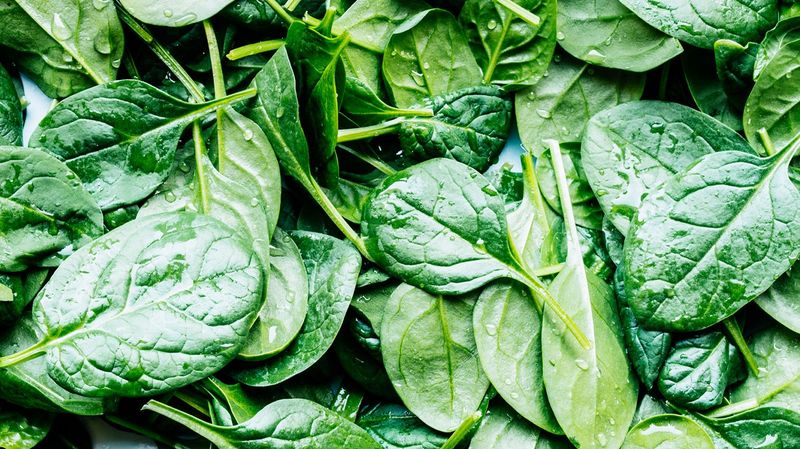
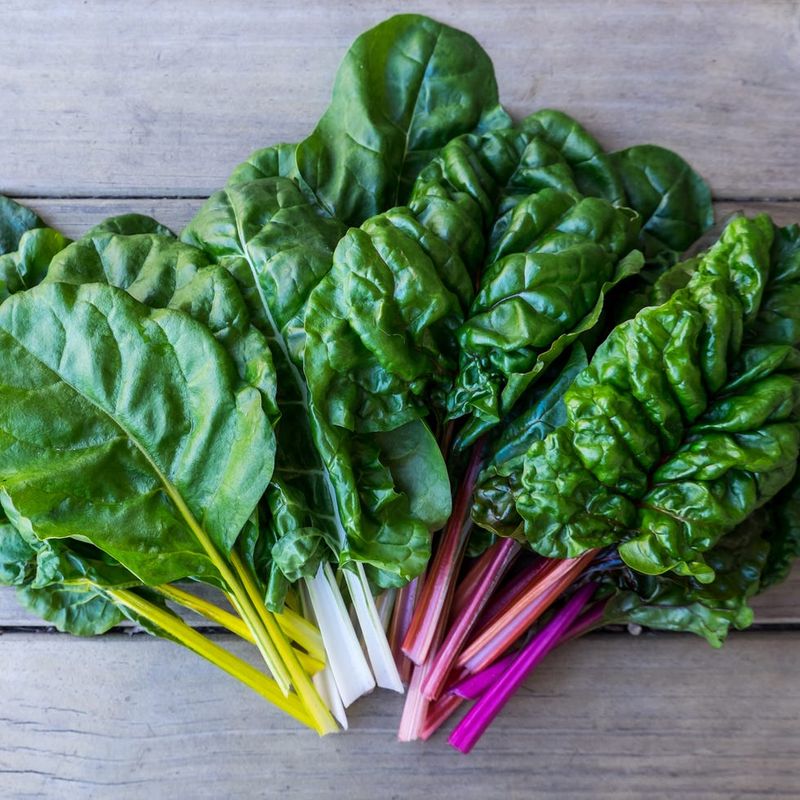
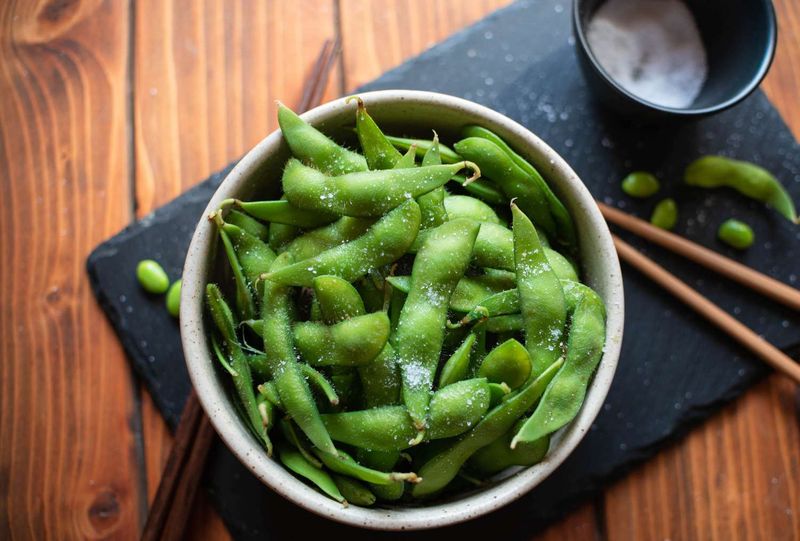

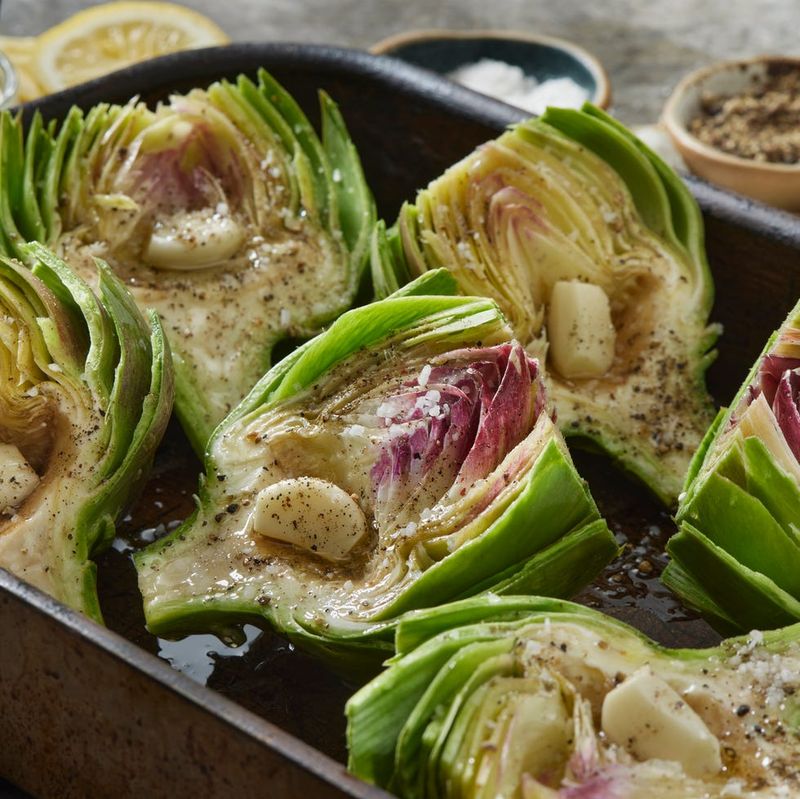
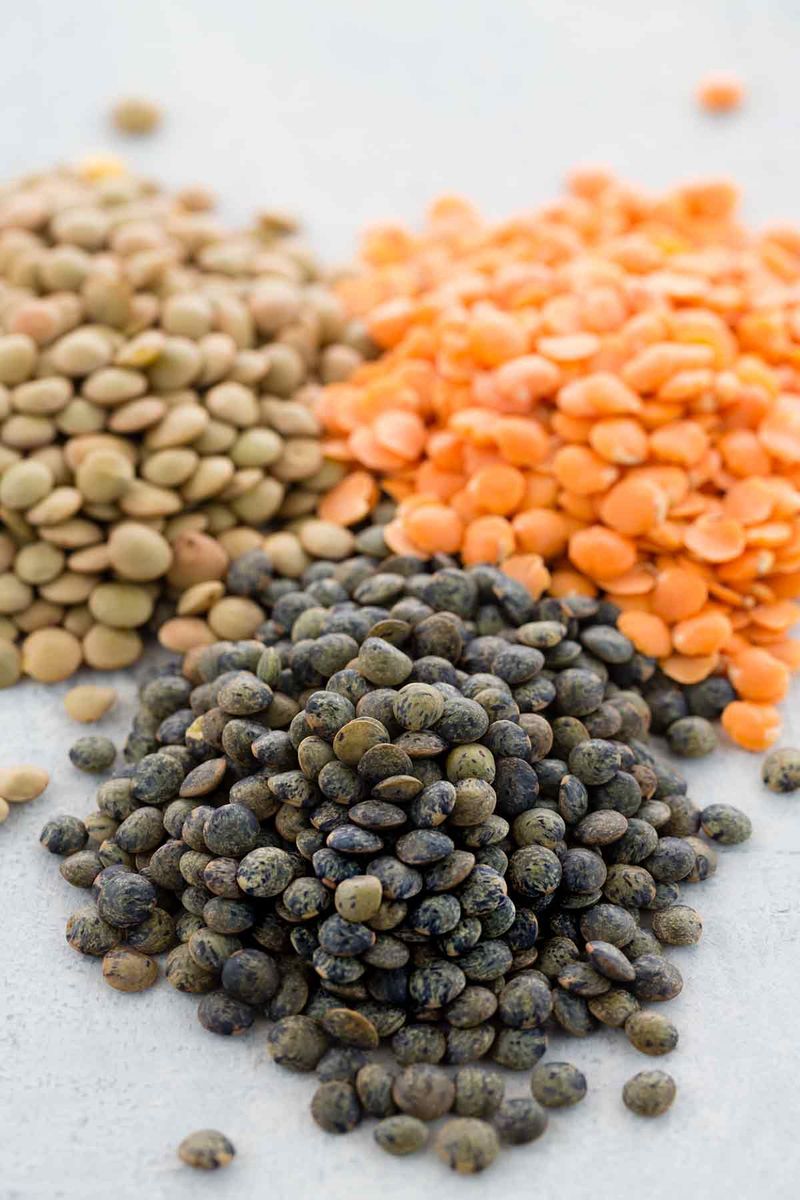
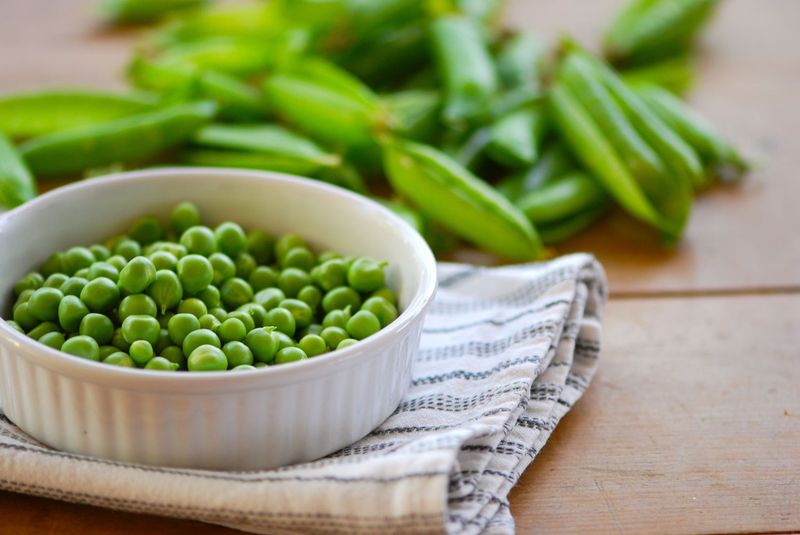
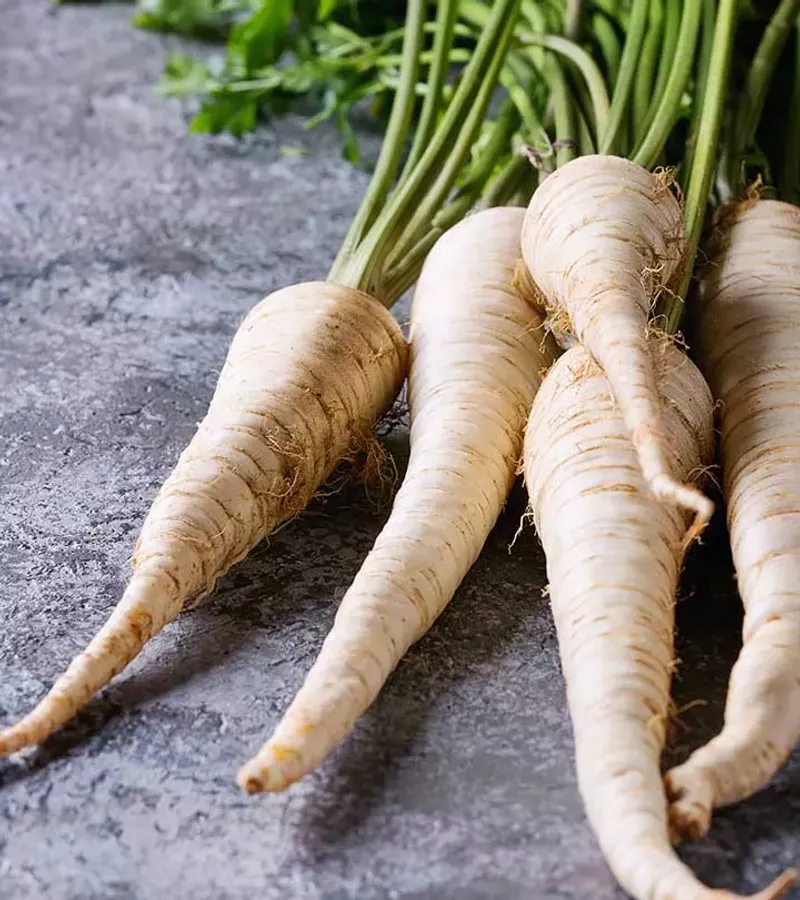
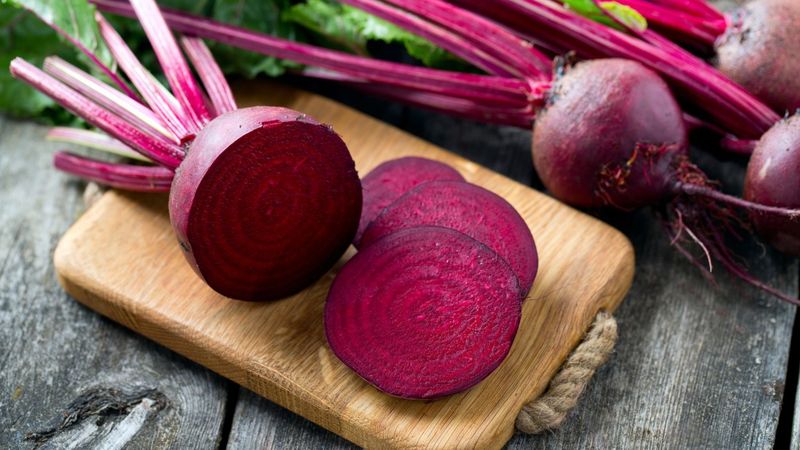
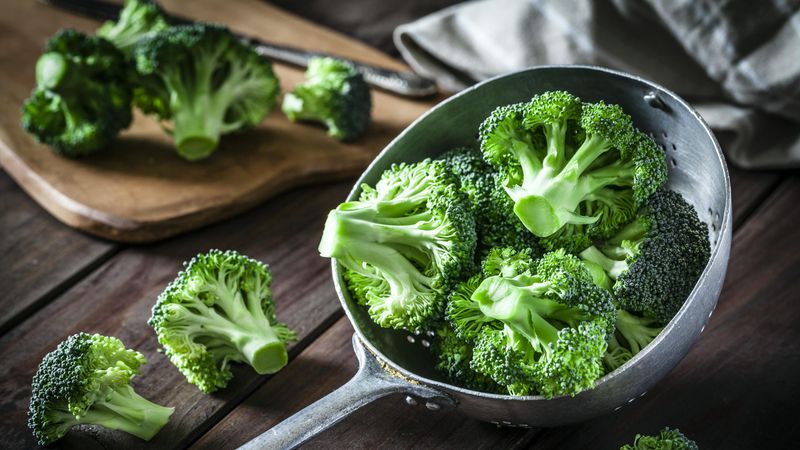
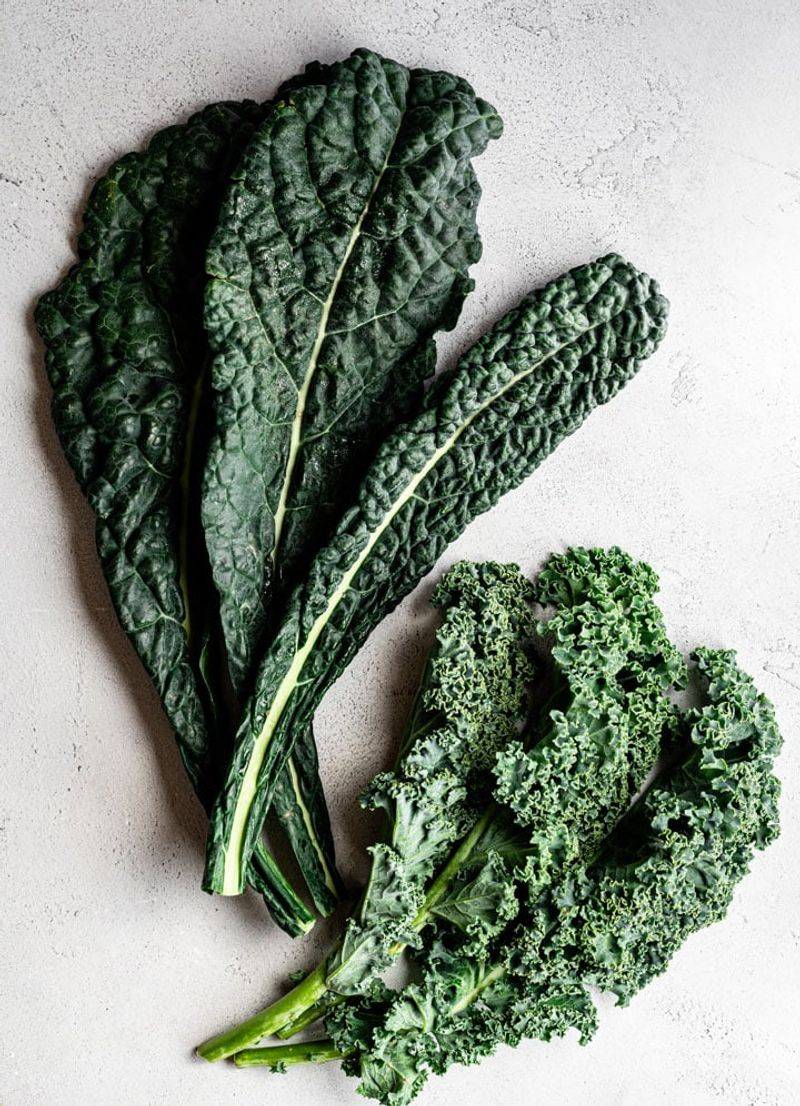

Leave a comment